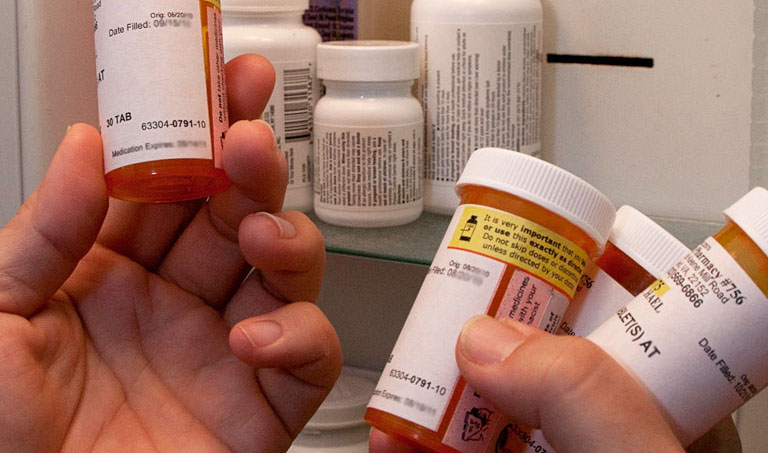Fentanyl Drives Rise in Opioid-Linked Deaths

Synthetic drug is more powerful than heroin or morphine
Fentanyl, a synthetic narcotic, is a key player in America's continuing epidemic of opioid-related overdose deaths, two new studies report.
According to a WebMD report, opioid overdose deaths began increasing early this decade as people addicted to prescription painkillers started switching to heroin, which became cheaper and increased in supply, researchers from the U.S. Centers for Disease Control and Prevention said.
But the emergence of fentanyl and its cousins drove an even greater increase in overdose deaths, exacerbating an already terrible situation, the researchers said. When drug traffickers began mixing fentanyl into the heroin supply, they created a highly potent narcotic cocktail that has proven fatal to thousands of drug users.
In 2015 alone, about 33,000 people died of an opioid overdose in the United States.
"Approximately half of the increase in deaths involving heroin after 2013 is attributable to increases in deaths involving use of both heroin and fentanyl," researchers with the CDC's National Center for Injury Prevention and Control wrote in one of the studies.
In essence, the opioid epidemic has progressed to a new and more dangerous wave. Prescription drug abuse represented the first wave, followed by the switch to heroin. Heroin began to be cut with fentanyl, and now people are seeking out and using fentanyl on its own.
Fentanyl is 50 to 100 times more potent than morphine, making it much more powerful than either heroin or prescription opioids, according to the U.S. National Institute on Drug Abuse. If someone doesn't know the heroin they just bought is laced with fentanyl, it's easy to accidentally overdose.
After 2013, deaths caused by the combined use of heroin and synthetic opioids accounted for 77 percent of the total increase in heroin-related deaths in the U.S. Northeast and Midwest, the two regions with the sharpest increases in fentanyl use, CDC researchers said.
Photo: The U.S. Food and Drug Administration Drug Disposal via photopin (license)